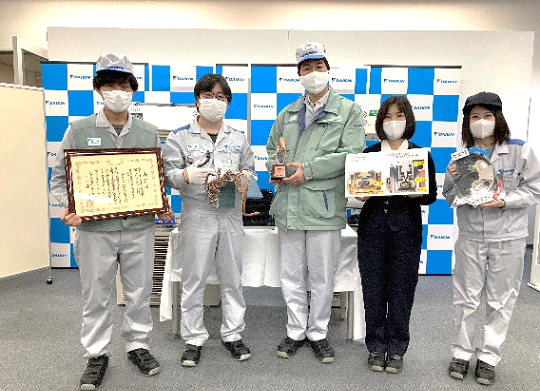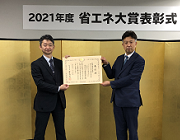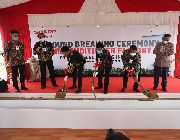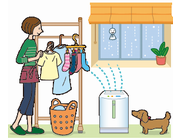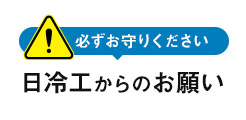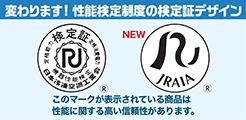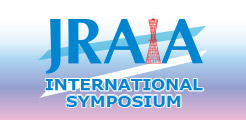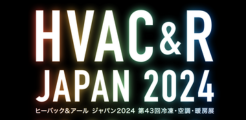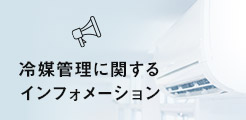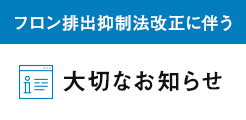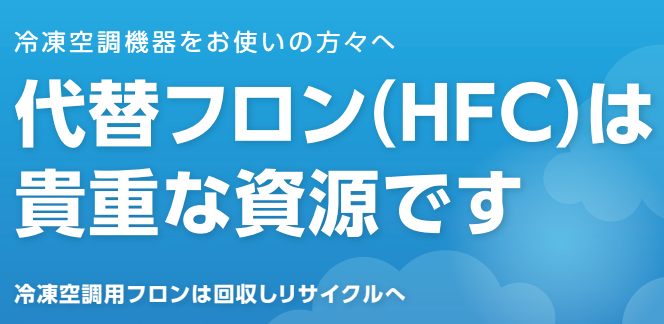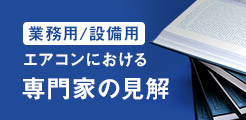過去の記事はこちらから欧州2020年ヒートポンプ設置上位7か国英国の経済専門家らの報告によると欧州で2020年住民10万人当たりヒートポンプ設置台数が
JRAIA's policy on refrigerant conversion of RACHP was presented at council meeting co-hosted by METI and MOE
No.683 2022年5月
On 29 November 2021, a joint council meeting of METI and MOE, where experts from industry, government and academia deliberate on Japan's policy of fluorocarbon emission reduction, was held on the web, with JRAIA representing our industry. The main topic of discussion was the status and challenges of the five-year lapse in the implementation of the revised the Act on Rational Use and Proper Management of Fluorocarbons of 2013. The act is required to be reviewed every five years after it comes into force, and as part of this review, a separate working group has been established to follow up on the status and issues that have arisen since the law came into force.
Japan's carbon neutrality strategy was announced by then Prime Minister Suga in October 2020. Click here
At this joint meeting, as part of the measures to achieve carbon neutrality in 2050, new medium- and long-term overall target values to aim for were presented for scenarios for the introduction of “Green refrigerants” and equipment. It states that all average GWP values should be around 450 in 2030, and that by around 2036, all new equipment should be limited to those using refrigerants with a GWP of 10 or less, and that by reducing the use of HFC refrigerants for replenishment in service applications as much as possible, all average GWP values should be "aimed at around 10 or less*". These values are calculated backwards from a target of zero emissions from operating equipment in 2050.
* excludes equipment for which the use of HFC refrigerants is essential and refrigerant leakage prevention is thoroughly implemented.
In response to this, JRAIA argued that, although it shares the same goals as those to be aimed for as a whole, it has yet to see the challenges to be cleared overcome and that it should only be a "target values to be aimed for". “JRAIA’s response to 2050 Carbon Neutrality” was submitted to the meeting. The main argument are as follows.
Policy:
1) Aim to expand the use of heat pump technology and products that are
highly efficient from the perspective of utilizing renewable energy
2) Utilize the designated product to reduce HFCs as much as possible and aim
for lower GWP such as green refrigerants
Basic principle :
Balanced target setting and target-driven activities on Safety plus Environment performance, Energy efficiency and Economic feasibility (S+3Es) are important.
Safety(S) : Ensure safety together with users(consumers), installers and other relevant stakeholders
Environment performance(E) : Convert to lower GWP refrigerants from an environmental point of view.
Energy efficiency(E) : Improve the efficiency of equipment systems from the perspective of improving energy efficiency.
Economic feasibility(E) : A reasonable price that balances the above three items is essential to promote market diffusion.
Key Challenges:
1) Improvement of energy efficiency
Currently, with the characteristics of candidate refrigerants, energy
efficiency tends to deteriorate as GWP is reduced. Therefore, from the point
of view of CO2 emission control (CN2050 point of view), it is essential to
take into account the impact of improved energy efficiency (indirect
emissions) and to take balanced measures. (However, this will entail larger
equipment and higher costs.)
2) Safety considerations
In addition to measures for equipment with regard to operating pressure
and flammability, measures must also be taken from various perspectives,
including considerations during installation and service, as well as
assumptions for disposal.
JRAIA will continue to develop measures to realize carbon neutrality in the coming years and to demonstrate its leadership in the global market.
Reference : 11th joint council meeting of METI and MOE (in Japanese only)
https://www.meti.go.jp/shingikai/sankoshin/seizo_sangyo/kagaku_busshitsu/flon_godo/011.html
http://www.env.go.jp/council/06earth/_11_1.html





